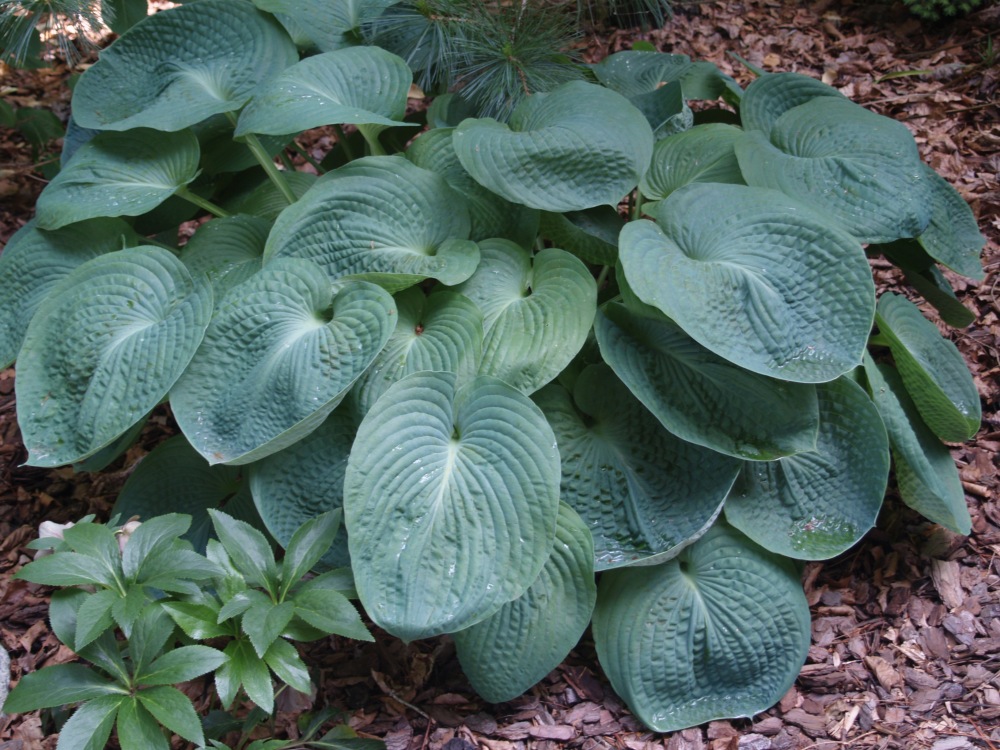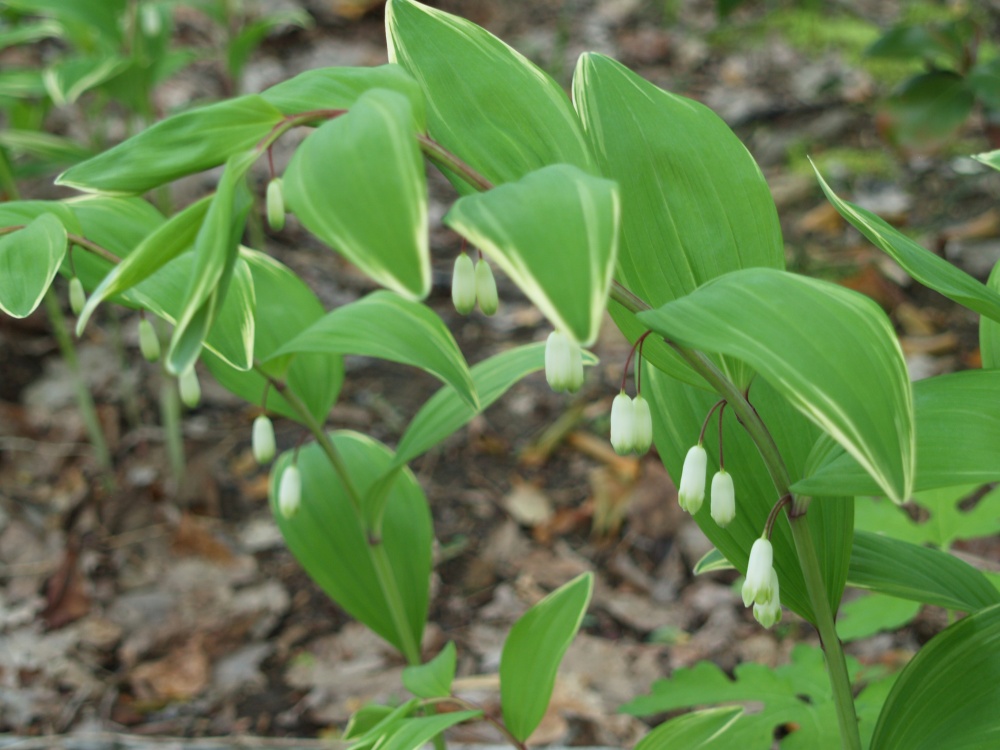On this warm afternoon my wife prowled the garden looking for stray branches to chop, pruners in hand. But, before going further, I must admit that in late winter, in a moment of delirium I purchased these moderately priced, gear assisted bypass pruners to replace overpriced and undersized anvil pruners that often did more harm than good. I fully realize that after continually complaining about my wife’s haphazard pruning, this purchase seemingly borders on madness, but I am confident that we have finally reached an understanding.

Through her persistence, I have ceded care of the garden’s paths to my wife. Here, stray branches of mahonias and hollies pose a hazard to the visitor unprepared for sharply needled foliage, and ivies and hostas arch over path stones, providing cover for whatever slithering creatures might lurk in this shaded jungle.
I am incapable of keeping up with chores to maintain the paths. I am overjoyed to see the stones disappear beneath an ever widening clump of ‘Elegans’ hosta (Hosta sieboldiana ‘Elegans’, above), and I haven’t even a faint interest in manicuring the ivies and periwinkles along the paths’ edges. If a nandina branch sways into the path, now I am resigned that it will be chopped, and this seems a small price to maintain peace in this kingdom.
And now, back to today’s story, and it is clear that my wife has fallen behind in the task to keep the shaded path on the side of the house clear. Even before the hostas were up and over the path, the Chinese Snowball viburnum (Viburnum macrocephalum ‘Sterile’, above) made it nearly impassable, particularly when the viburnum first bloomed in a week of off and on rain when the dampened flowers hung low. Today, several branches and large clusters of flowers were cut to bring into the kitchen, but growth of azaleas, nandinas, doghobble (Leucothoe), and leatherleaf mahonia has gotten far ahead of her.

This densely planted path is only a few feet from the house, but as the garden stretches fifty feet to the forest’s edge the soil becomes progressively drier and more infested with roots of maples and tulip poplars that tower overhead. Even as the garden matured, this area of dry shade continued to challenge, and here I could claim open spaces to try one thing or another that might have hopes of survival.

For a long while when the roots and shade were not so challenging, hostas were the answer. But, I delayed too long when deer began to plague the garden, and many treasures were lost or diminished. Then, the shade was too deep, and too little soil moisture limited growth once I began to spray a repellent that encouraged deer to nibble elsewhere.
And so this area was a continuing disappointment, until a redbud that cast shade over a large portion of this garden began to decline. Then, a maple from the forest toppled over the garden in an ice storm, barely brushing the house so that major damage was narrowly avoided, but taking out the struggling redbud and several branches from neighboring maples. The increased light was barely perceptible, but then Robb’s sprurge (Euphorbia robbiae, above) and Solomon’s Seal (Polygonatum odoratum ‘Variegatum’) began to spread with vigor, and Wood poppies (Stylophorum diphyllum) and Gold Star (Chrysogonum virginianum) seeded themselves and spread through ground with roots so dense a hole could barely be dug.
Hellebores grew here also, with many dozens of seedlings following the path of rain water draining from the house to the nearby creek. Scattered seedlings popped up far from the mother plants, and Jack-in-the-Pulpits (Arisaema triphyllum, below) also began to seed. Finally, this garden is getting somewhere, and I have warned my assistant to steer clear when she takes a break from her pruning to pull a few weeds. These are not weeds, though she insists she will remove spurges that pop through the stones in the path.